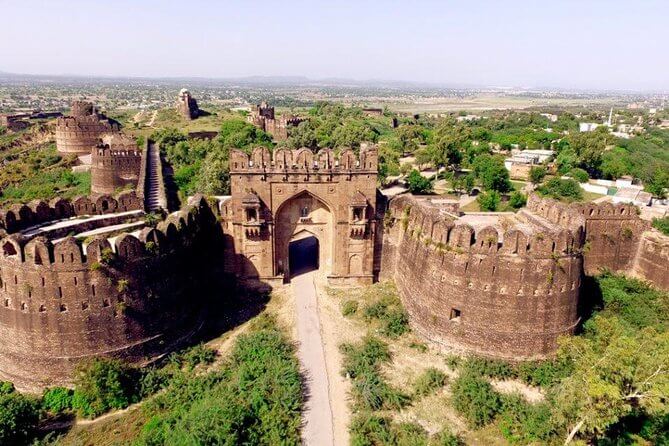Historic Forts of Pakistan: A Traveler’s Guide
Pakistan’s geography is dotted with ancient castles that echo centuries of conglomerate, trade, warfare, and artistic exchange. From the comeuppance of Sindh to the foothills of the Himalayas, these potent structures stand as monuments of the region’s rich and multilayered history. For travelers
seeking a mix of history, armature, and adventure, exploring Pakistan’s castles offers a trip through time — one filled with stories of frippery, conspiracy, and cultural brilliance.
Below is a curated companion to five remarkable castles, each immolation unique perceptivity and gests for curious explorers.
Rohtas Fort( Jhelum)

literal Significance
erected in the 16th century by Sher Shah Suri, Rohtas Fort is one of South Asia’s largest and most redoubtable protective complexes. Its purpose was to suppress original rebellion and block the return of the Mughal Emperor Humayun. The stronghold’s massive walls, grand gateways, and 12 majorsub-gates show brilliant Afghan service armature.
Best Time to Visit:
October to March, when the rainfall is affable for walking across the vast complex.
Nearby Attractions:
Tilla Jogian( major friary point)
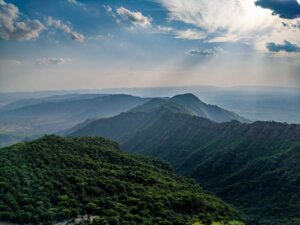
Jhelum River viewpoint
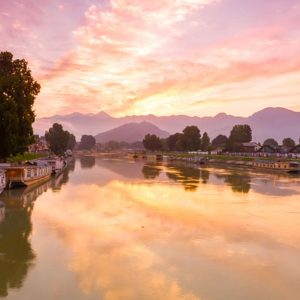
Travel Tips:
Wear comfortable shoes — the point is enormous and requires expansive walking. Hiring a original companion enriches the experience, as many retired corners have fascinating stories.
Lahore Fort( Lahore)
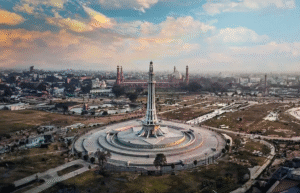
literal Significance:
A UNESCO World Heritage Site, Lahore Fort is an architectural treasure that reflects layers of Mughal, Sikh, and British influence. From Emperor Akbar’s robust foundations to Shah Jahan’s stunning marble additions, the stronghold offers a visual trip through dynasties. crucial highlights include the Sheesh Mahal( Palace of Mirrors), Naulakha Pavilion, and the iconic Alamgiri Gate.
Best Time to Visit:
November to February for comfortable sightseeing.
Nearby Attractions:
Badshahi Mosque

Walled City Food Street
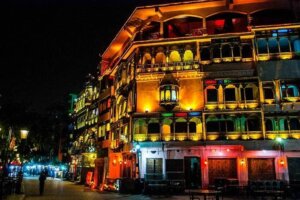
Shahi Hammam
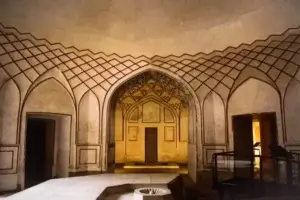
Travel Tips:
Arrive beforehand to avoid crowds and take advantage of the Walled City Authority’s guided tenures for a further immersive literal experience.
Derawar Fort( Bahawalpur, Cholistan Desert)

Literal Significance:
Rising dramatically from the golden beach of the Cholistan Desert, the 40 towering fortifications of Derawar Fort produce an indelible figure. Firstly erected by Rajput autocrats and latterly expanded by the Nawabs of Bahawalpur, the stronghold symbolizes both desert power and trade- route protection.
Best Time to Visit:
December to February, as the desert temperatures remain mild.
Nearby Attractions:
Abbasi Mosque
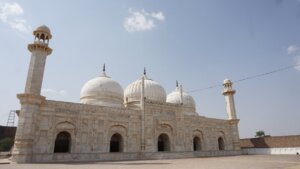
Cholistan Jeep Rally route
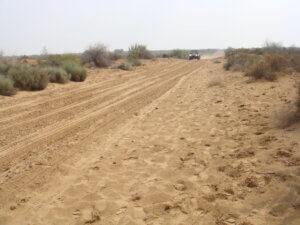
Major graveyard of the Nawabs
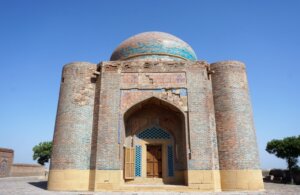
Travel Tips:
A 4×4 vehicle is essential. Carry water and sun protection, as installations are limited. evenings then are unmatched — plan to stay until golden hour.
Baltit Fort( Karimabad, Hunza Valley)
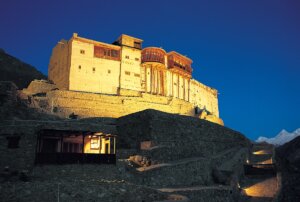
Literal Significance:
Perched on a precipice overlooking the stunning Hunza Valley, Baltit Fort dates back over 700 times. told by Tibetan and Central Asian design, it served as the seat of the Hunza Mirs. moment, it stands restored as a living gallery showcasing royal chambers, artillery, and traditional artificer.
Best Time to Visit:
April to October, especially during spring or afterlife when the vale is at its most vibrant.
Nearby Attractions:
Altit Fort
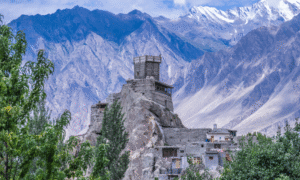
Karimabad Bazaar
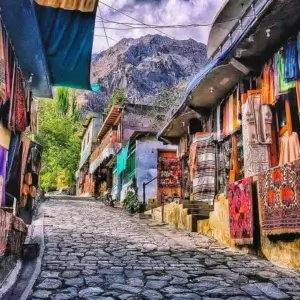
Eagle’s Nest standpoint
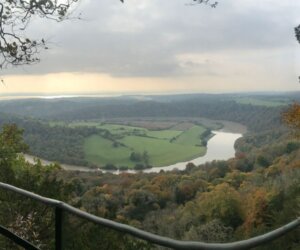
Travel Tips:
The short uphill walk to the stronghold offers stirring vale views take your time and enjoy the decor .
Ranikot Fort( Jamshoro, Sindh)
Literal Significance:
Known as The Great Wall of Sindh, Ranikot is considered one of the world’s largest castles. Its origins are mysterious, with propositions ranging from Sassanian to Talpur construction. The stronghold’s defensive walls stretch across rolling hills, creating a dramatic mix of natural and man- made defense.
Best Time to Visit:
November to February.
Nearby Attractions:
Sann Gate viewpoint
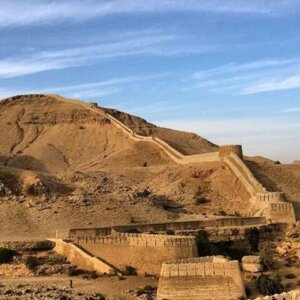
Amri archaeological point
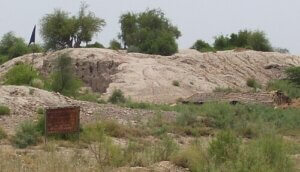
Travel Tips:
The hike to the inner stronghold, Mirikot, is satisfying for shutterbugs. Bring snacks and water, as the area is remote.
Conclusion
Pakistan’s major castles are further than architectural sensations they’re gateways to understanding the region’s artistic identity, strategic significance, and cultural elaboration. Whether you’re exploring desert fortifications, Mughal palaces, or mountain fortresses, each stronghold offers a unique adventure filled with history and admiration. For travelers eager to connect with the history while passing the beauty of Pakistan’s geographies, these castles promise a trip that’s both enriching and indelible.

